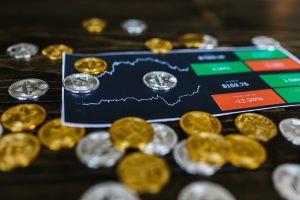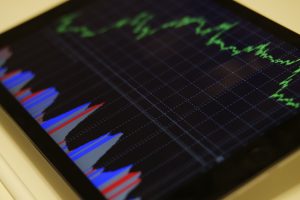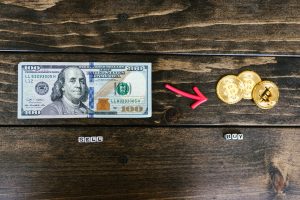The Forex market is a constantly active, 24-hour market, five days a week that operates on a global scale. It is divided into three main trading sessions: the European, Asian, and North American sessions. To make profitable trades, traders must understand the distinct characteristics of each session. The Asian session, which is critical for traders looking for opportunities in the market, is one essential time for Forex trading.
The Asian session, which includes the financial centre of Tokyo, Hong Kong, Singapore, and other major cities, normally lasts from 0:00 to 09:00 GMT. Due to the diverse economic activity and market participants in the region at this time, specific Forex pairs tend to display distinctive patterns of movement. Here, we will be identifying some of the most commonly traded pairs during the Asian session.
1. JPY Crosses
The most actively traded currency pairs during the Asian session are the Japanese yen (JPY) crosses. The USD/JPY, EUR/JPY, AUD/JPY, and NZD/JPY are some of these pairs. The monetary policy choices and economic data announcements made by the Bank of Japan (BOJ) have a significant influence on JPY pairs, particularly when compared to the USD, EUR, GBP, NZD, and AUD.
JPY is a significant currency, and the fact that Japan has the largest economy in the Asian region account for this. JPY crosses are therefore in high demand when the Japanese market opens.
2. Australian Dollar (AUD) And The United States Dollar (USD) Pairs
Another currency pair that moves during the Asian session is the AUD/USD. The Australian dollar (AUD) is a commodity currency, and Australia is a major exporter of commodities such as iron ore, coal, and gold. The AUD/USD pair is therefore driven by the strong demand for the AUD when the Asian markets open.
3. Australian Dollar (AUD) And New Zealand (NZD)
Asian markets have significant influence over commodity currencies such as the Australian dollar (AUD) and the New Zealand dollar (NZD). These countries are major exporters of commodities, and their currencies often match with commodity prices. Therefore, during the Asian session, Forex traders pay attention to commodity price movements as they can impact AUD and NZD pairs.
4. New Zealand (NZD) And The United States Dollar (USD) Pairs
The NZD/USD is another currency pair that moves during the Asian session. New Zealand has a small economy, but their major exports are dairy products such as, butter, cheese, skim milk powder, etc. Therefore, when the Asian markets open, there is a high demand for the NZD, and this promotes the NZD/USD pair.
5. United States Dollar (USD) And Singapore Dollar (SGD)
One of the specific currency pairs to the Asian region is USD/SDG. Singapore is a major financial centre in Asia, and the Singapore dollar (SGD) is the major currency. Therefore, when the Asian markets open, there is a high demand for the SGD, and this drives the USD/SGD pair.
6. The United States Dollar (USD) And Chinese Yuan (CNH)
The USD/CNH is another currency pair that moves during the Asian session. The Chinese yuan has gained prominence in recent years as China continues to open its financial markets to international investors. China is the second-largest economy in the world. The USD/CNH pair, in particular, is heavily influenced by economic data releases from China and the US-China trade relations. Therefore, when the Asian markets open, there is a high demand for the CNH, and this drives the USD/CNH pair.
Conclusion
The Asian session is a crucial period for forex trading, providing traders with a variety of chances and difficulties. The economic activity of important Asian economies, policy decisions, commodity prices, and market mood all have a significant impact on the movement of currency pairs during this session. The Asian session may be the quietest session in terms of volatility, but it offers opportunities for traders who know the characteristics of Forex pairs during this time and enhance their overall trading performance.






